As promised, the first report back from Zakouma National Park in south-east Chad. It is tough to put into words just how what an incredible experience this has been. Spending 5 nights camped out in the moonlight on the edge of the Rigueik wetland with a great bunch of people, tasty bush food and great stories was a real highlight. Huge flocks of birds from cranes to pelicans and queleas dominated the scene along with herds of Tiang and Lelwel antelope. On our first day we had leopard tracks past the camp and no less than 25 species of raptor! Our flying safaris delivered the famed Zakouma elephants as well as numerous lions, even honey badgers and a caracal were spotted. The large rumbling buffalo herds with mixed black and red colouration were also a fantastic sight. Here are a few photos to whet the appetite for a truly remote wilderness destination where we can confirm seeing a solitary safari vehicle all week! The real highlights list is too long for a Facebook post. There is a limited safari window each year spanning mid-Dec to mid-April whilst the rest of the year the best parts of the park are inaccessible. The good news is that bookings for 2016 have opened…
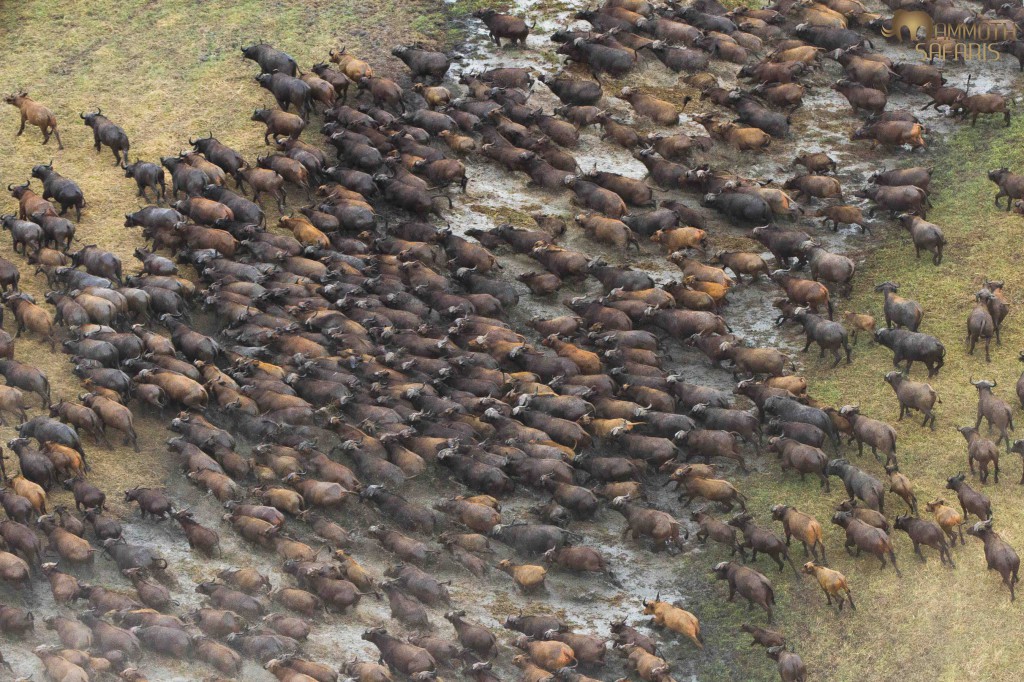
Gazetted in 1965, ravaged for decades, losing all its Black Rhino by 1970 and most of its elephant herds; Zakouma now has African Parks to assist the people of Chad with rebuilding and protecting this great wilderness and all the wildlife in it.
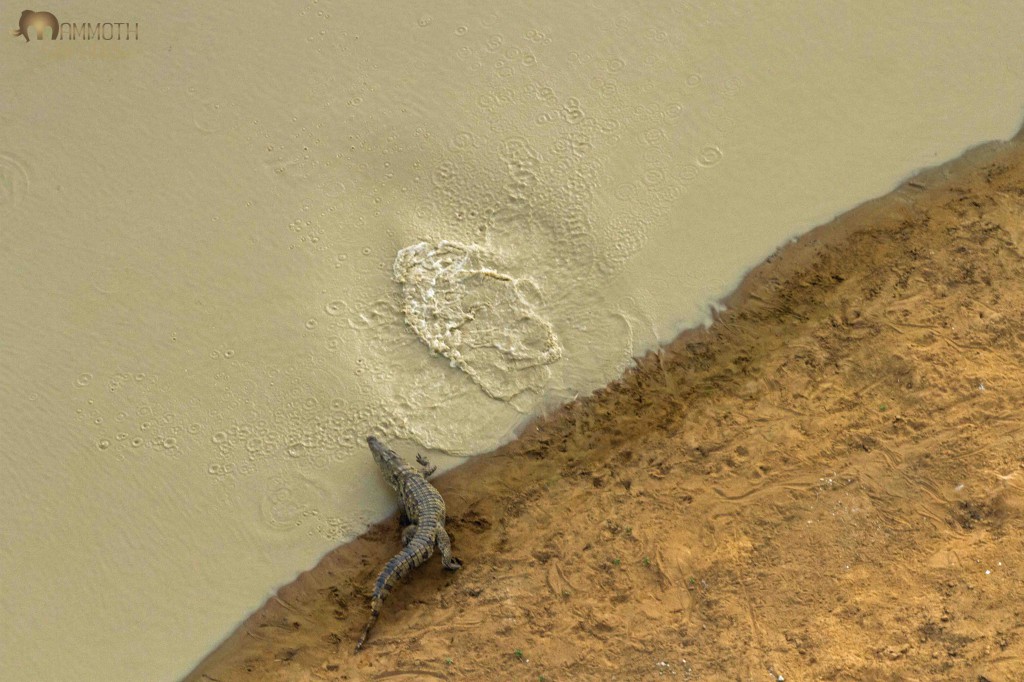
A flying safari is really the only way to absorb the vastness and intricacy of Zakouma. We simply couldn’t count the thousands of Nile Crocodiles that are resident along the Salamat River!

We had numerous lion sightings, mostly of small prides. What really stood out was how incredibly neat and clean these animals are. We assume from less intense competition between lions and also the tick-free environments that surround the wetlands.
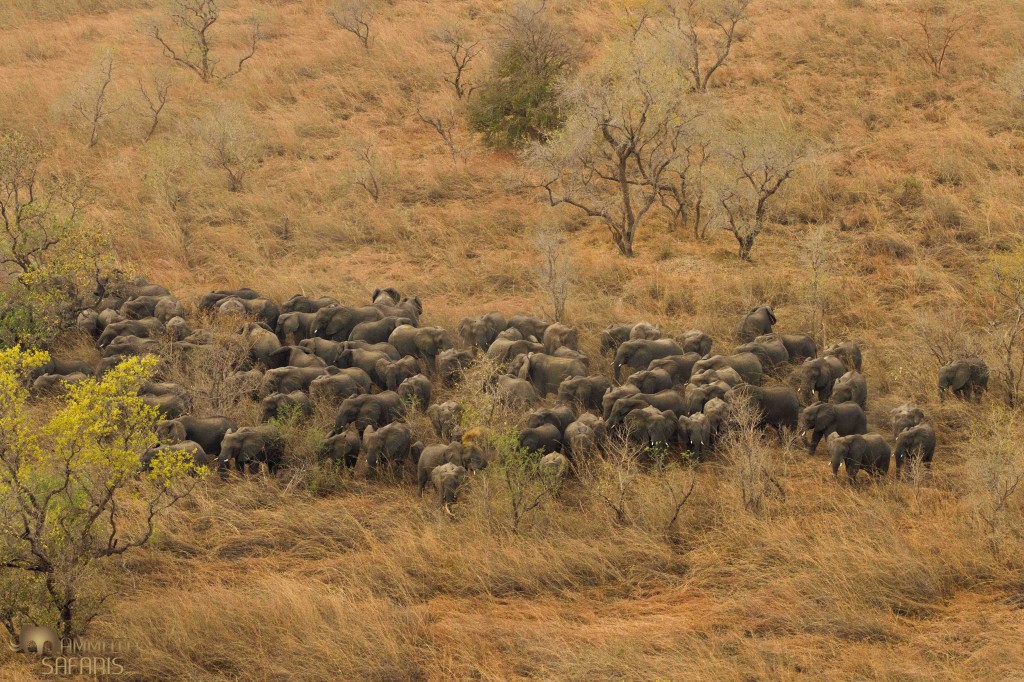
The famed Zakouma elephants. Once hunted to the brink of local extinction by skilled Sudanese horsemen, their numbers are now growing again slowly as a result of the protection in place by African Parks and their local partners
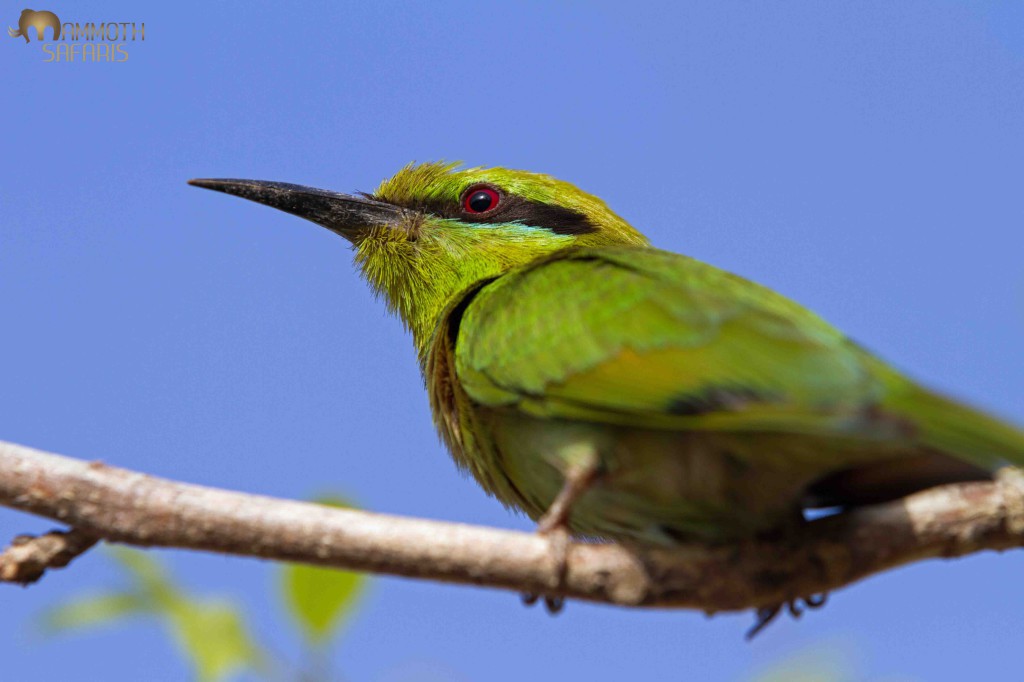
Despite the intense heat and limited presence of insects, the various bee-eaters not only lit up our binoculars, but seemed to be living and breeding well. The stunning Little Green Bee-eater teased us endlessly before most of us got great shots on the last morning!
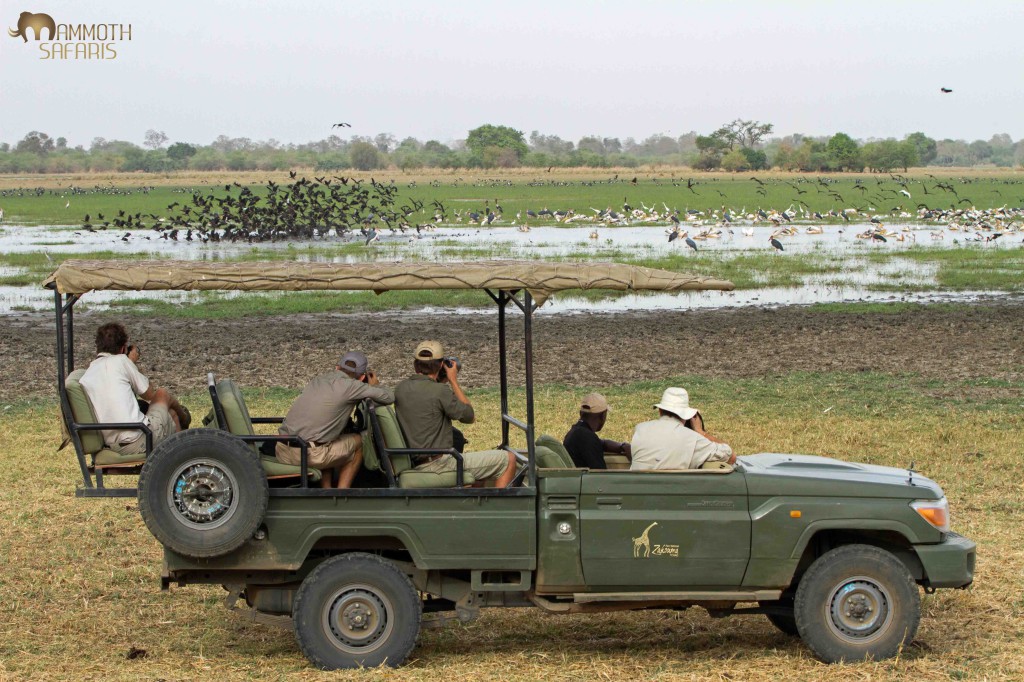
This was the first scene that greeted us just minutes from the airstrip! Machtour pan was filled with thousands of Spur-winged Geese and Comb Ducks along with Kordofan Giraffe and Buffalo coming down to quench their thirst.
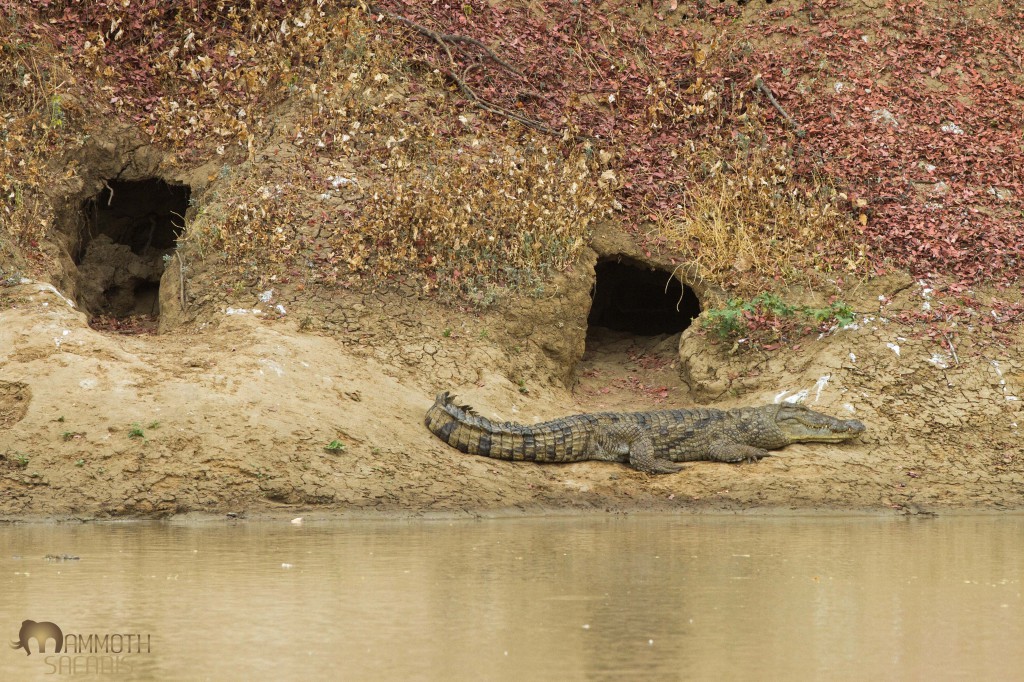
Walking the Salamat River is a bit like walking parts of Luangwa. What really stood out here though was the crocodile caves! These reptiles survive the intense heat by going underground! we poked our heads into a few and could see their eyes reflecting in our flashlights! Some bats seem to like their caves as well!
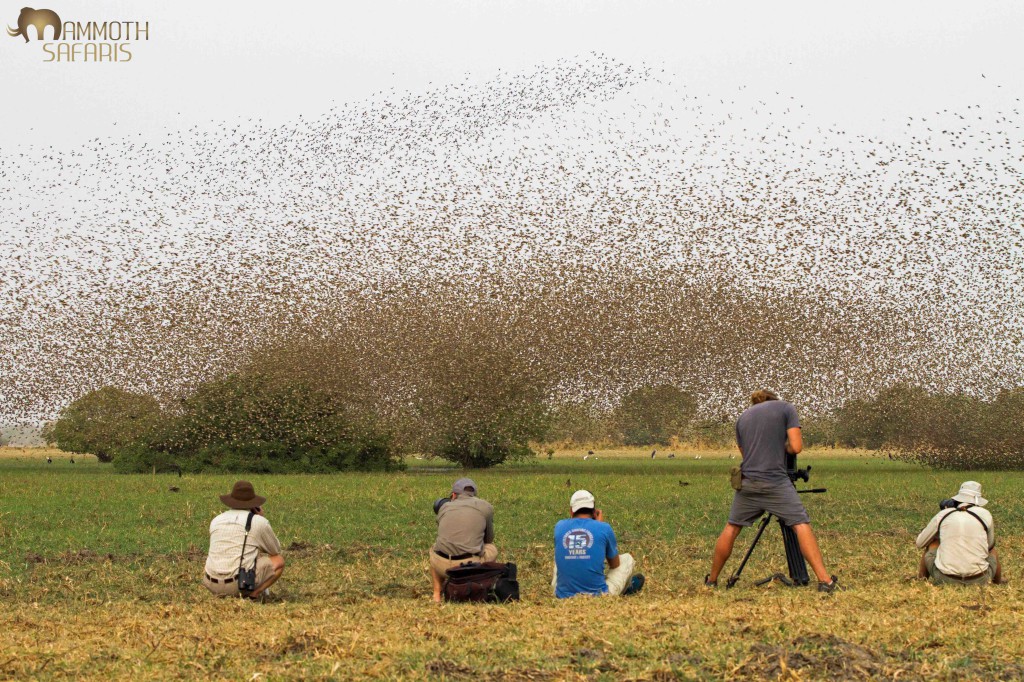
It’s hard to describe the exhilaration of being near a many-million strong heaving flock of Red-billed Queleas. The real challenge was to photograph the marauding raptors that came to feast on the little birds.
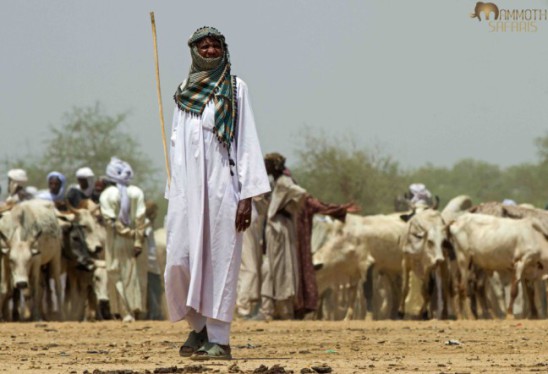
We spent one morning in a village just outside the border of the National Park. It was market day and we were privileged to see and meet people trading camels, sorting gum arabic (found in your toothpaste!), preparing meat and going about life in a way unfamiliar to us.
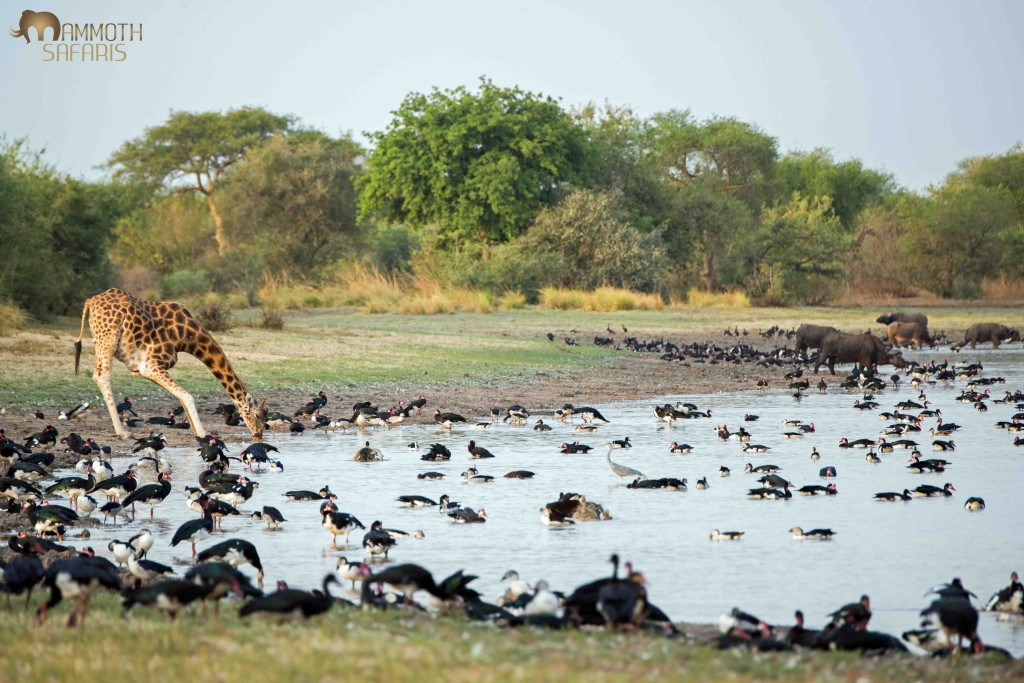
This was the first scene that greeted us just minutes from the airstrip! Machtour pan was filled with thousands of Spur-winged Geese and Comb Ducks along with Kordofan Giraffe and Buffalo coming down to quench their thirst.
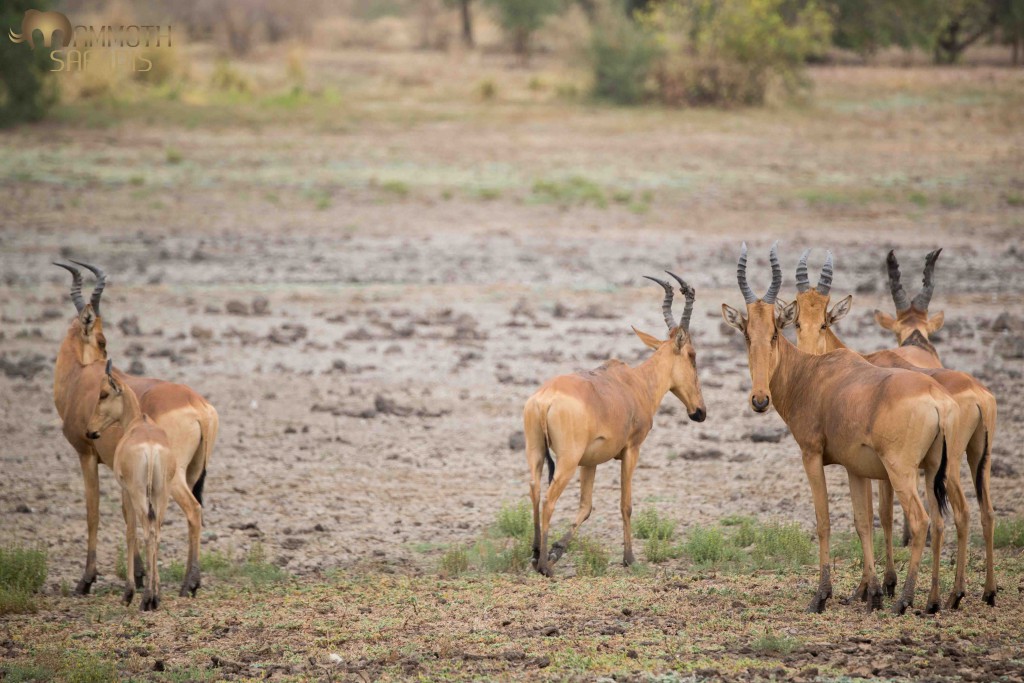
The awkward but beautiful Lelwel is one of about 8 subspecies of Hartebeest found in Africa. Herds appear to be thriving on the rich floodplains in the east of Zakouma.
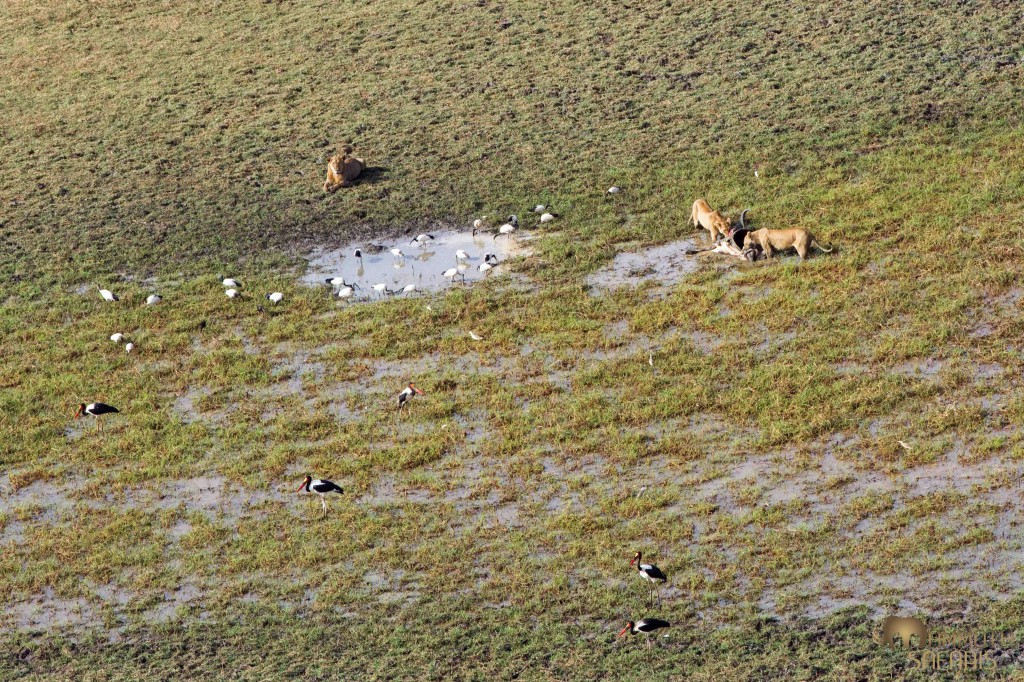
Lions feeding on a buffalo – a scene one might expect in the Okavango. Zakouma forms part of a vast Ramsar wetland of International Importance… the other killers in picture are the elegant Saddle-billed Storks.
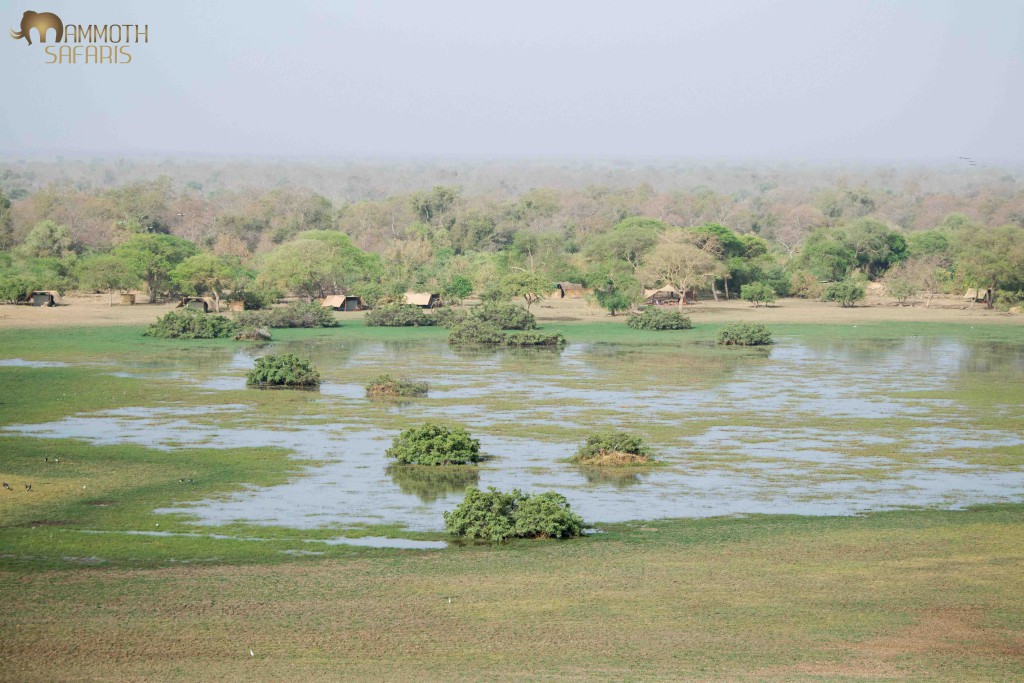
Camp Nomade is exactly that, nomadic, like the people of the region. What you can be sure of though is that the camp will be positioned near an active and attractive wetland where the action is. This is one of the best (note, not fanciest) camps we have had the privilege of staying in.






Leave a Reply
Want to join the discussion?Feel free to contribute!